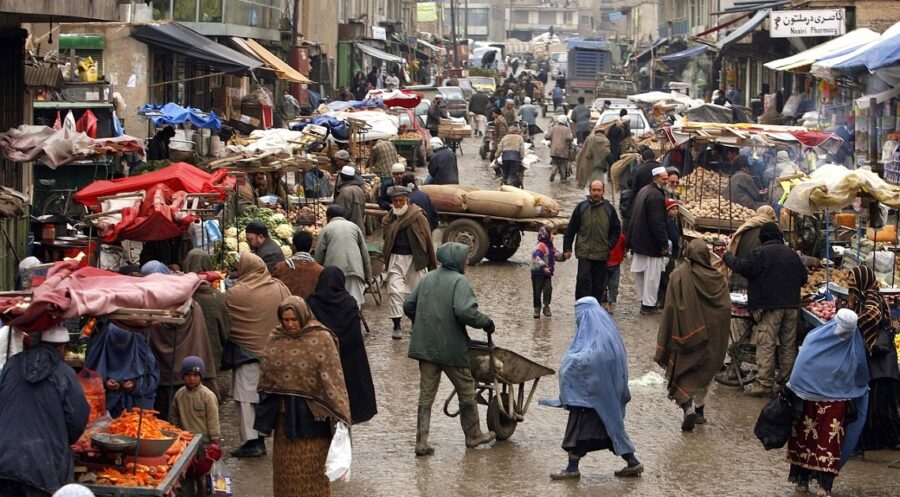Compared to September, the Afghani (AFN) gained 1.5 percent in value against the US Dollar (USD). In the upcoming weeks, new Afghan bank notes are anticipated to go into circulation, easing the country’s hard cash scarcity, a report on ReliefWeb states.
Basic food items such as wheat grain (-2%), wheat flour (-5%), sugar (-2%), and cooking oil saw a drop in price compared to September (-5 percent). However, due to the substantial demand, rice prices—both domestic and imported—rose.
As a result of falling food prices, the cost of the WFP’s food basket in local currency dropped from 7,948 AFN (USD 90) to 7862 AFN (90.3 USD) on average.
However, due to the Afghani’s strengthening during the same period, prices in USD rose by 0.5 percent.
In comparison to September, diesel prices dropped by 1% in October. For the third consecutive month, diesel prices are falling.
Weekly pricing data gathering is done by WFP using independent monitors in all 34 province capitals. The four weekly prices are averaged to create the monthly prices.
Palawi, a long-grain variety that is typically more favoured, more expensive, and mostly imported, and sholae, a short-grain variation that is typically less preferred, less expensive, and more frequently sourced domestically, are the two types of rice that WFP reports on in Afghanistan. Between these varieties, there are no discernible nutritional differences.
The cost of pulses is determined by averaging the costs of red beans, chickpeas, and lentils.
TOT (Pastoralist Terms of Trade) measures the purchasing power of households with cattle. It specifies how many kilograms of imported female sheep can be sold in exchange for one kilogram of wheat flour.
The real terms of trade (TOT) for casual laborers captures their purchasing power. It shows how many kilograms of imported wheat flour could be obtained using the typical daily rate for casual, unskilled work, multiplied by the typical number of working days per week in the market.



